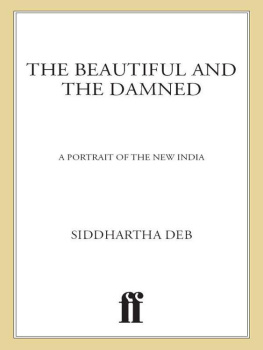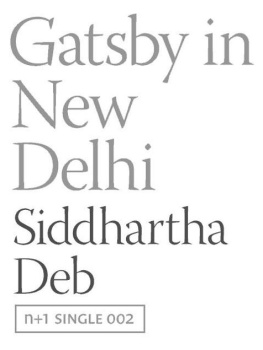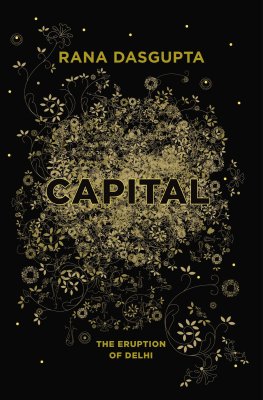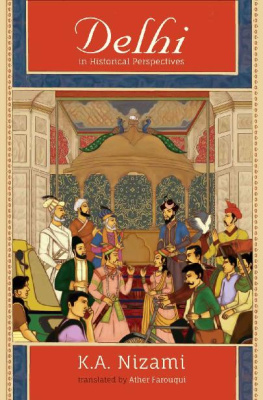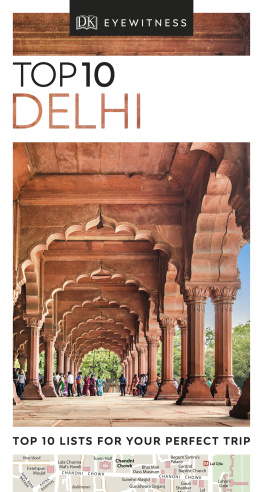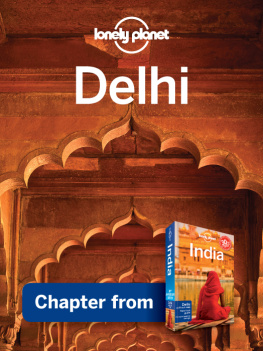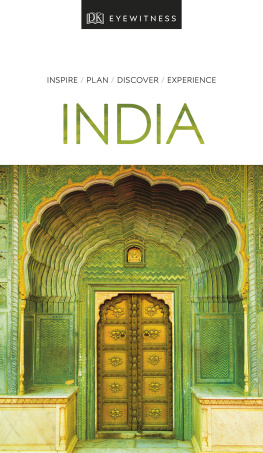In a State where there is no fever of speculation, no inflamed desire for sudden wealth, where the poor are all simple-minded and contented, and the rich are all honest and generousthere are necessarily no materials
Contents
Finding a rich man the controversial reputation of Arindam Chaudhuri the Satbari campus the Power Brands Awards Night the ambassador of the world cigar therapy a leadership seminar the enemies the aspirers the namesake
An earlier incarnation supplying happiness low context and high context Special Economic Zones the million-dollar house the Nanopoet the Gandhi computer what the Master said a fascist salute caste in America the stolen iPhone
The dying countryside the navel of India the chemical village McKinsey and Vision 2020 Victory to Telangana the farmers market Prabhakar and the overground Maoists Dubai and debt the dealers Aint No Sunshine When Shes Gone
The encounter squad Indias first Egyptian resort the steel factory Malda labour the barracks reading Amartya Sen the security guards the Tongsman ghost workers Maytas Hill County
The arms dealer why Esther wanted F&B the accident recession in America the Delhi Police manual the momo stand Manipur the luxury mall the boyfriend Munirka again
Introduction
I grew up in Shillong, a small town in the north-eastern hills of India that few people can find on a map. The hills around Shillong ran down to the flooded plains of Bangladesh, an area from where my family had originated but that had become for them, in a common quirk of the twentieth century, a foreign country. In 1947, the year my father graduated from a veterinary college and began working in the north-eastern state of Assam, his village disappeared behind the fresh cartographic lines creating the new, largely Muslim nation of East Pakistan. My fathers family, consisting of his illiterate peasant parents, three brothers who were still in school, a widowed sister and an infant nephew, left behind their hut with its pots and pans and settled down in a slum in Gauhati, the largest city in Assam. Perhaps their home went to a family of Muslims who had abandoned their hut, and their pots and pans, in the new nation of India that squatted between East and West Pakistan. In 1971, after a protracted civil war, East Pakistan seceded from West Pakistan to become the nation of Bangladesh. It was around this time that new waves of migrants from Bangladesh, driven by war, genocide, starvation and insecurity, began to land up in the north-eastern hills of India. The local, mostly Christian, population in my hometown of Shillong began to fear that they were being swamped by Bengali-speaking settlers. They began to consider all Bengalis foreigners and so, in another twist of twentieth-century irony, I became a Bangladeshi to them, resident of the land that my father had left and that I had never lived in.
As a teenager, I sometimes travelled to Gauhati, four hours from Shillong by bus. It was the nearest thing we had to a big city, since the closest metropolis, Calcutta, was another 1,200 kilometres beyond Gauhati. But I had to be careful while visiting Gauhati that I wouldnt be pulled off a bus by the police on the way back to Shillong. Because I could be called a Bangladeshi and asked to go back to my place of origin, I always carried with me a certificate from the Deputy Commissioner attesting to the fact that I was an Indian and that Shillong was my home. Without that document, I could be considered anything a Bangladeshi by Indians and an Indian by Bangladeshis.
When I finally left Shillong, first to live in Calcutta and then in Delhi, the great, urban anonymity offered by cities seemed to have put to rest the question of where I came from. It no longer mattered who I was in terms of place of origin as much as the amount of money I had, whatever its origin. In the mid-nineties, I began working for a newspaper in Delhi, living in an area known as Munirka Gaon, that is to say, Munirka Village. The neighbourhood was located in south Delhi, walking distance from the sprawling campus of Jawaharlal Nehru University. Although south Delhi was an upscale area of the city, Munirka was the remnant of an old village that the city had not fully absorbed. It had become an urban slum of sorts, with buffaloes wallowing in the winding dirt lanes, elderly men sitting around their communal hookah in the evening and women walking around veiled in deference to the patriarchal traditions of the Jat Hindus who were the original residents of Munirka and were gradually transforming themselves from farmers to landlords. The rents charged by these new landlords were low, and the facilities rather rudimentary, making Munirka an attractive place for a spillover of students from the university and for lower-middle-class migrants making their way in Delhi.
At first, I shared a room in a Munirka tenement with three other men, but I eventually moved into a one-room flat of my own. There was no electricity during the day. The building didnt have the requisite permits, and the owner hooked up an illegal connection only at night, when it was less likely that the power board would send a van on the prowl to look for such instances of electricity theft. For all that, the building I stayed in represented a certain lower-middle-class privilege. Behind it were the small huts occupied by working-class families who often livened up the nights with furious shouts and screams as men beat their wives or fought each other in drunken brawls.
The other residents of my building were all men in their twenties, carrying out a wide range of jobs. Naseer, who lived above me, was a master cutter at a garment factory on the outskirts of Delhi. Below were three men, two Sikhs and one Bengali, who were aircraft mechanics. Across from me, in a building that was so close by that we could jump from one balcony to another, there lived Dipu, a bright and anguished man who had been trying for years to pass the examinations for the Indian Civil Service. His room-mate was in training with Indias intelligence agency and would be dispatched in a couple of years to a remote village on the border with China.
I had been living in Munirka for some years when I decided to take the GRE exams as a preliminary step to applying for a graduate programme in America. Because a passport was the only acceptable form of identification for the exams, I filled out the required documents and handed in my application at the Delhi passport office, not far from where I lived. With a week left to go before the exams, my landlord gave me a crumpled letter that had come from the passport office. My application had been rejected. The police had been unable to find my address and verify that I lived in Munirka, the letter said. I went back to the passport office and showed the letter to a clerk.
You gave a fake address, he said. Thats why the police couldnt find it.
But its the same address that you used to send the letter, I said.
So?
The postman found it.
The clerk shrugged. Go talk to the police.
I went to the police and it made no difference. I gave up on the idea of sitting the GRE exams. But then my boss at the newspaper found out that my application had been turned down, and he had a reporter call the minister responsible for passports. I returned to the passport office, where I was led past the long queues into a private chamber, the officer in charge hurriedly issuing me a passport I could use for the exams, which were the next day. The officer was apologetic as he gave me the passport. Because it had to be produced so urgently, it was valid only for one year. But I could come back whenever I wanted to and make it a regular ten-year passport, he said.

